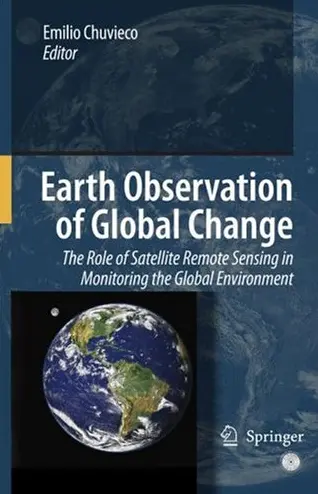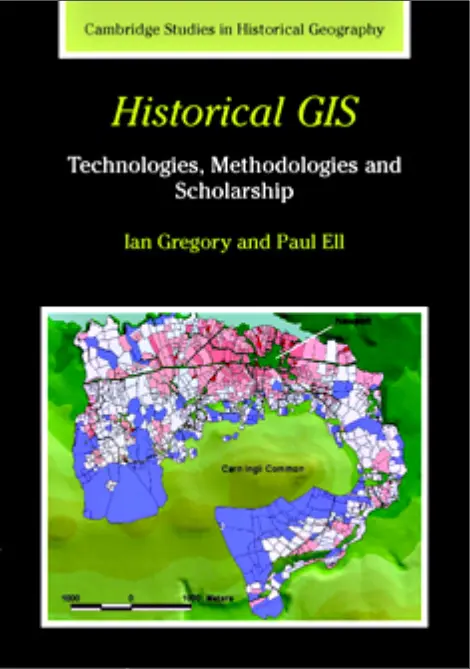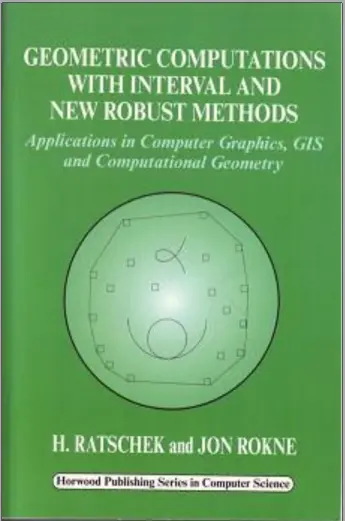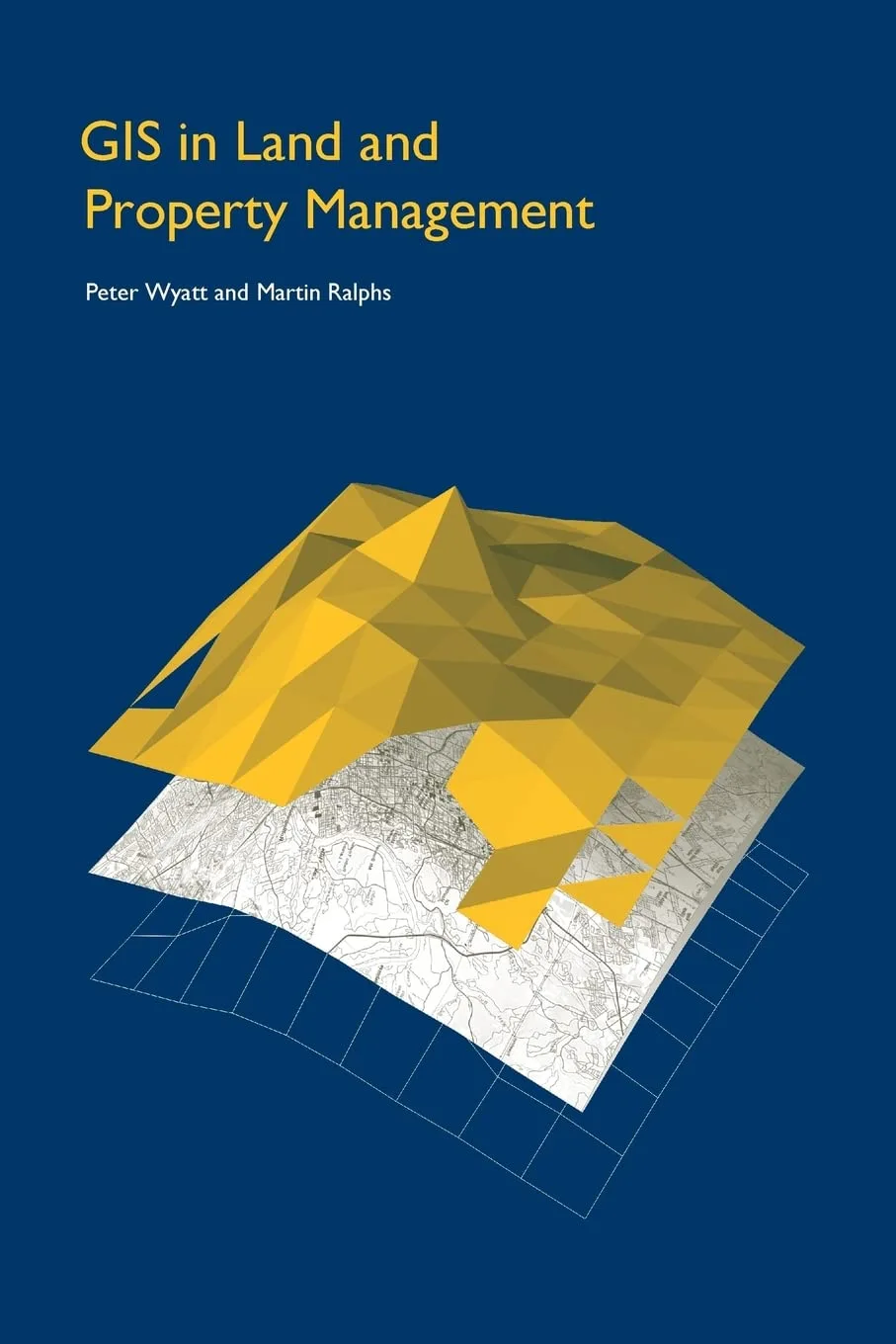GIS in Land and Property Management
🏘️ GIS in Land and Property Management – Digitizing Ownership, Planning, and Value
“GIS in Land and Property Management” explores how spatial technology is reshaping how we manage land, track ownership, and assess property value. With GIS, traditional land administration is being replaced by digital cadastre systems, interactive zoning maps, and real-time asset monitoring.
This book presents practical applications, workflows, and policy-level insights for using GIS in urban planning, real estate, rural land use, and property taxation. From parcel mapping to land dispute resolution, it covers how maps can be legal tools, not just visual ones.
Topics you’ll discover:
- 📐 Parcel mapping and land registration systems
- 🏗️ Urban zoning, master planning, and real estate analysis
- 💰 GIS for property taxation and valuation models
- 📋 Digitization of land records and deed management
- 🚫 Encroachment detection and compliance enforcement
Ideal for:
- 🏢 Land and municipal authorities
- 📊 Real estate developers and property analysts
- 🧑💻 GIS professionals in urban or rural planning
- 🏛️ Law and policy professionals dealing with land reforms
This book highlights how land — one of the most critical assets — can be better understood, managed, and protected with the power of GIS.
Keywords: GIS for Land Management, Property Mapping, Digital Cadastre, Parcel GIS, Land Valuation, GIS in Urban Planning, GIS Real Estate, Land Record Digitization, Property Tax Mapping, GIS Zoning Tools







comments
Leave a Reply
Your email address will not be published. Required fields are marked *